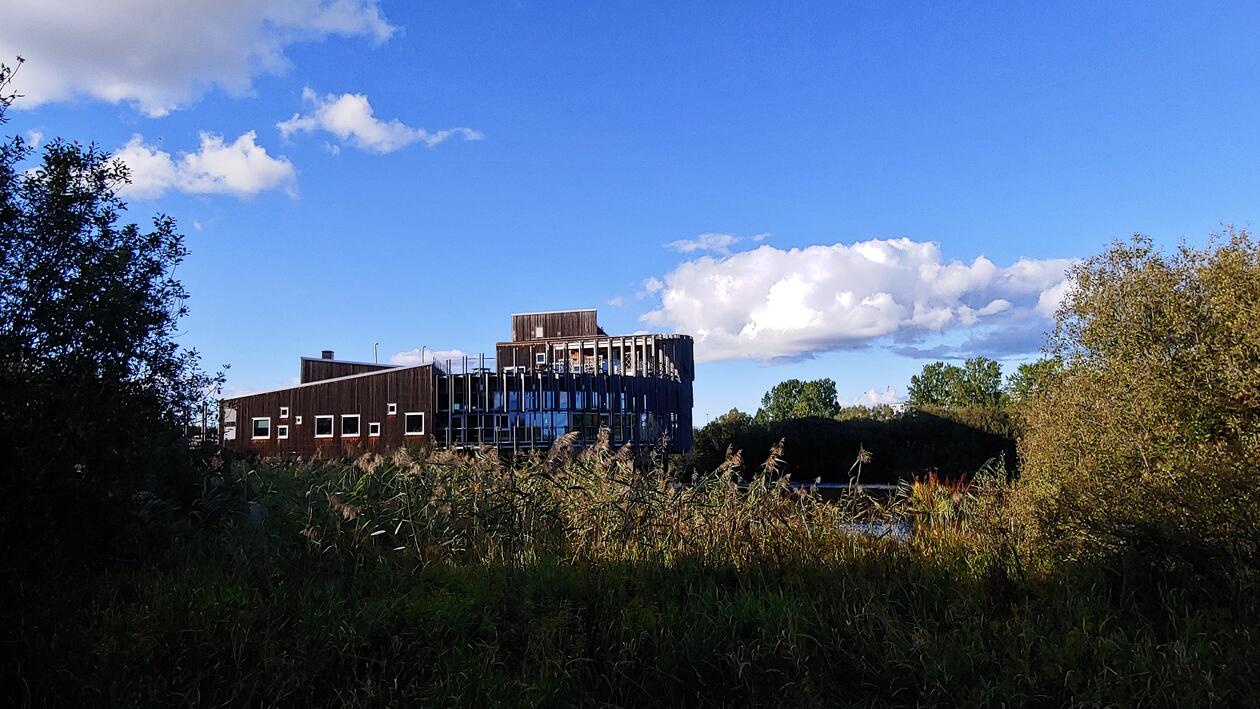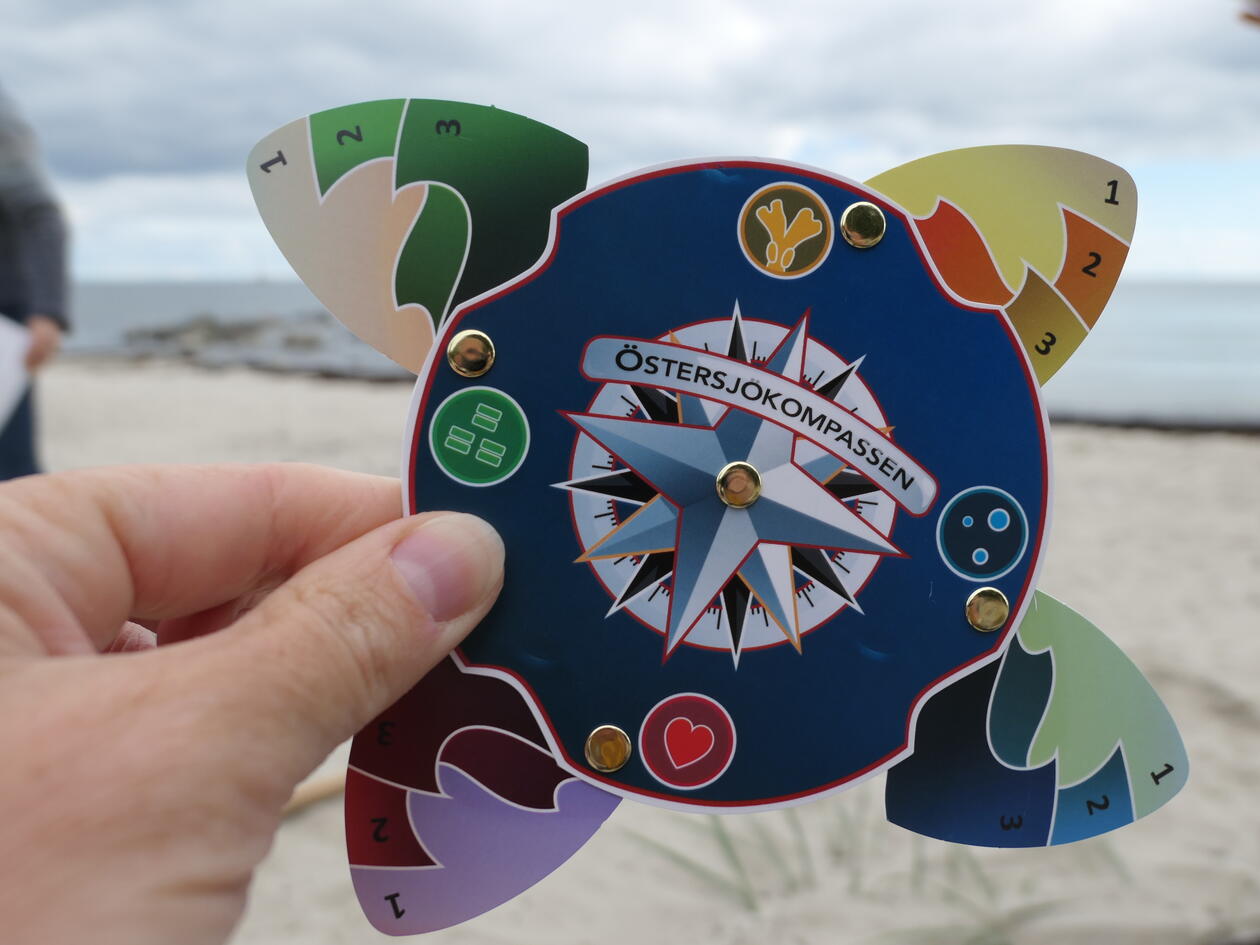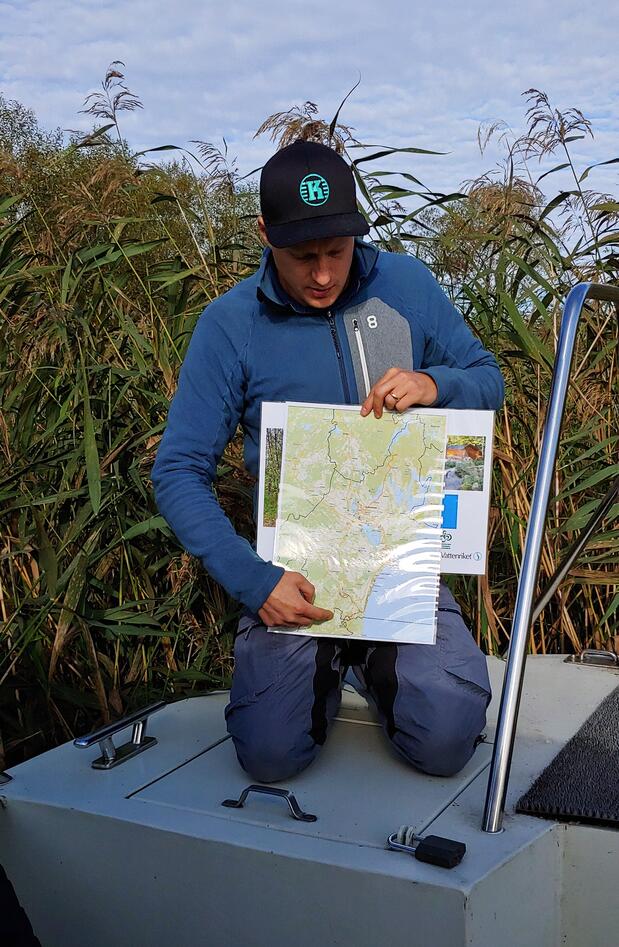Visiting Vattenriket BR in Southern Sweden
The BIOSPHERE project aims to strengthen social-ecological resilience in peri-urban and rural Norway, and in this project members of the UNESCO Chair group at UiB work together with partners from Nordhordland Biosphere Reserve and Alver municipality. The partners recently visited Kristianstad Vattenrike, Sweden's oldest biosphere reserve, to learn from their experiences of collaboration between biosphere reserve, municipality, and researchers.

Hovedinnhold
Vattenriket UNESCO Biosphere Reserve in the city of Kristianstad was appointed the BR status in 2005, but it had been many years in the making. Today the Biosphere Reserve has seven employees, specifically people working with information and communication, and nature management. In addition, the biosphere reserve works closely with the visiting centre Naturum Vattenriket, which leads the way into the nature of the biosphere reserve.
Vattenriket has a big focus on communication and outreach. They have hundreds of family-friendly events each year, and they work a lot with schools to teach children about the biosphere reserve and nature. For this purpose, they have (among other things) developed Östersjökompassen (The Baltic Sea compass) - a tool to understand and grade ecosystem services along the shoreline by The Baltic Sea. They also offer outdoor classrooms in certain places in the biosphere reserve. Here, teachers can borrow keys to access outdoor classroom boxes placed in nature. These boxes contain educational material and equipment, such as landing nets, floras, Östersjökompassen, etc., which can be used with students of all ages.
There is also a well-established relationship between the BR and Kristianstad municipality, and they work together in several different projects. Some of the projects introduced to the BIOSPHERE group during our visit was
- Skåneleden: a hiking trail running throughout the entire BR (inevitably having to cross peoples' private lands)
- Restoration of the wetlands: prohibiting the inland beach meadows from overgrowing by grazing and management.
- The Crane B&B: facilitating for cranes to gather in one spot where they do no damage, keeping them away from the farmers' grain and seeds. Simultaneously boosts toursim and local businesses - people come from all over Sweden and Europe to watch the cranes!
There are also collaborations with researchers from Kristianstad University, investigating both nature and ecological questions, as well as socioecological challenges. Professor Ingemar Jönsson has, among other things, investigated the conditions for integrating the concept and approach of ecosystem services into municipal planning and decision-making, where Kristianstad was one of the focal municipalities. Today, ecosystem services is of great focus in the Krisitanstad municipal planning.
The partners of the BIOSPHERE project left Kristianstad Vattenrike feeling inspired and full of new ideas, ready to implement some of this into our research and biosphere reserve.


